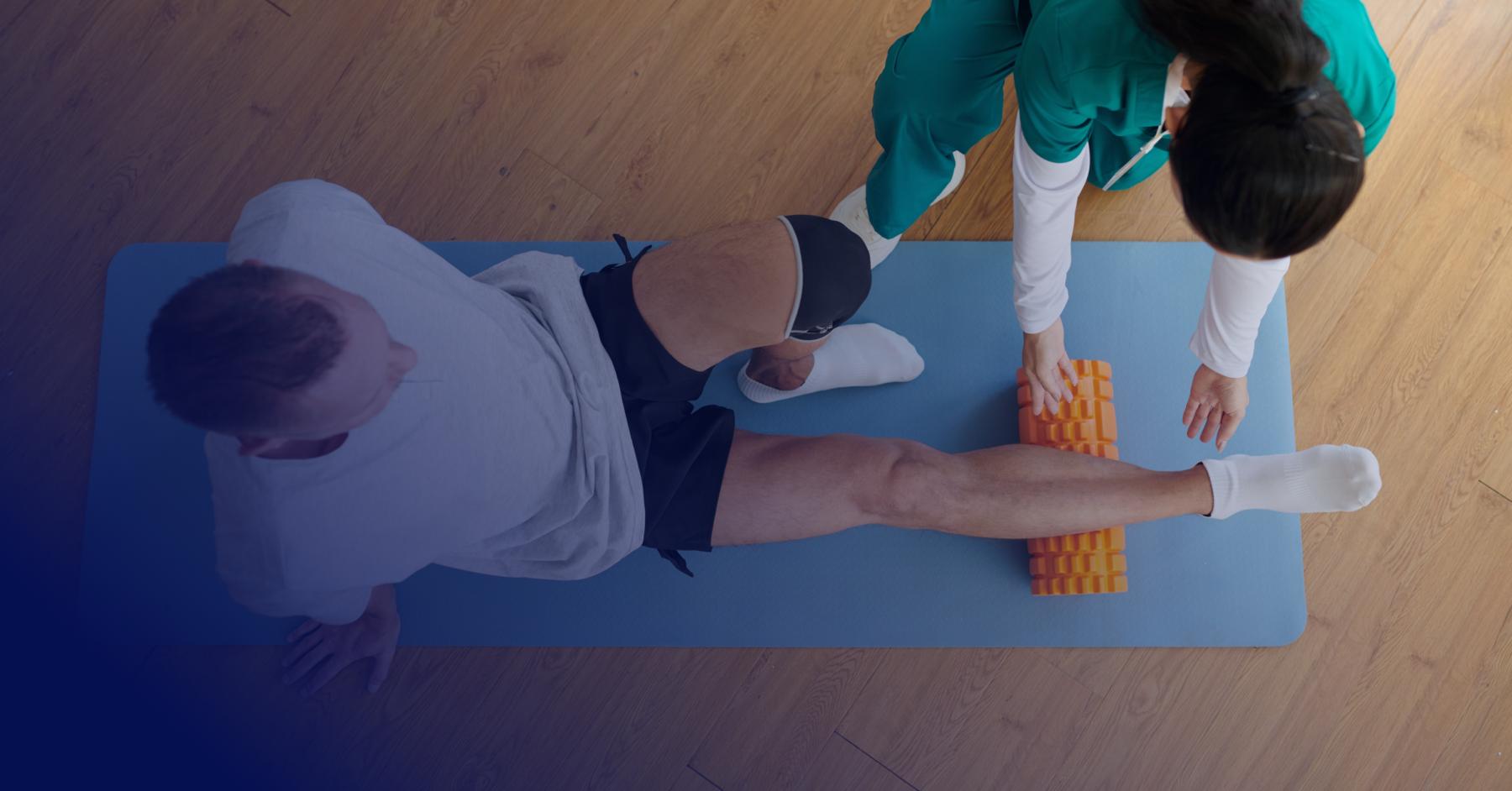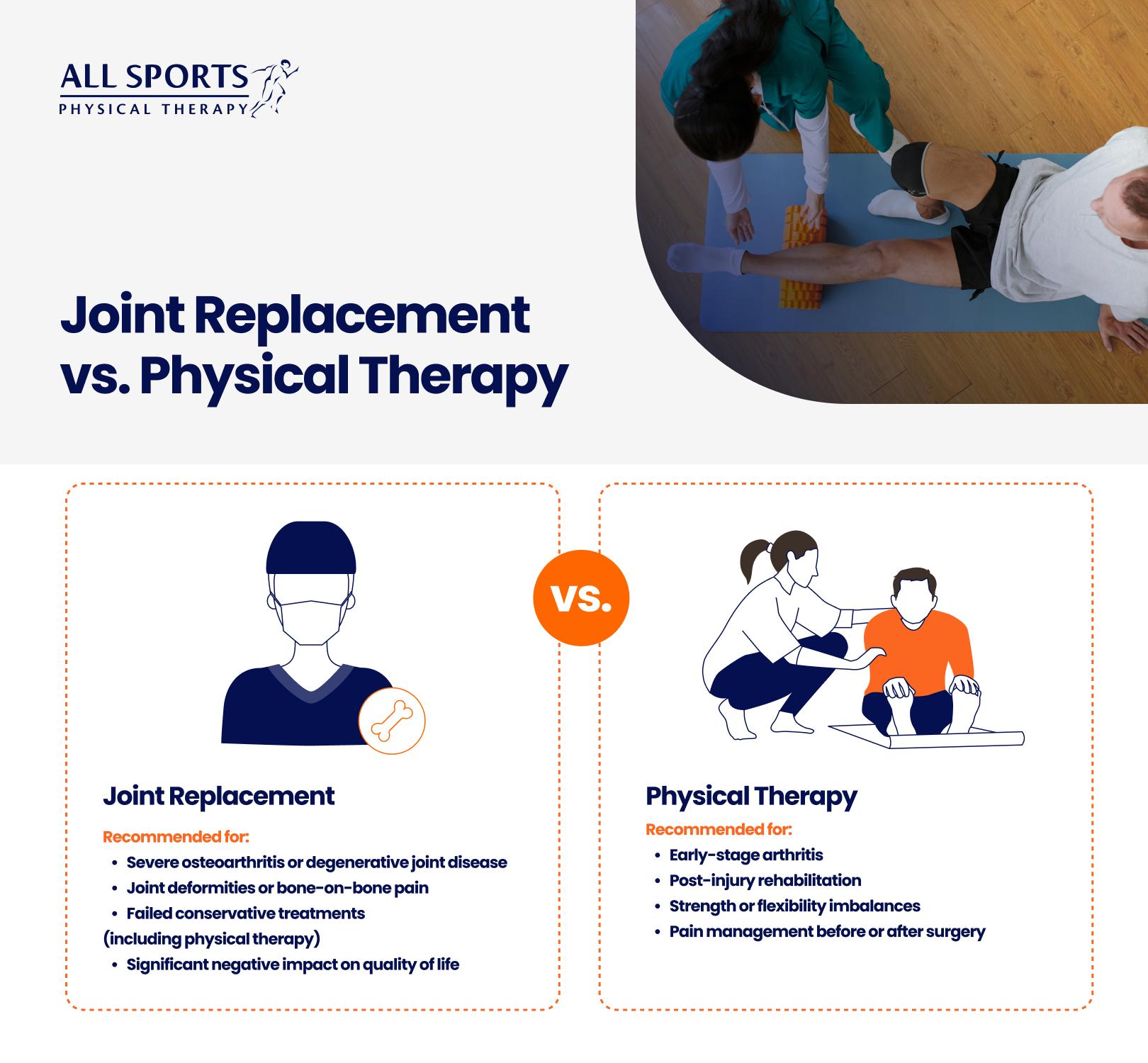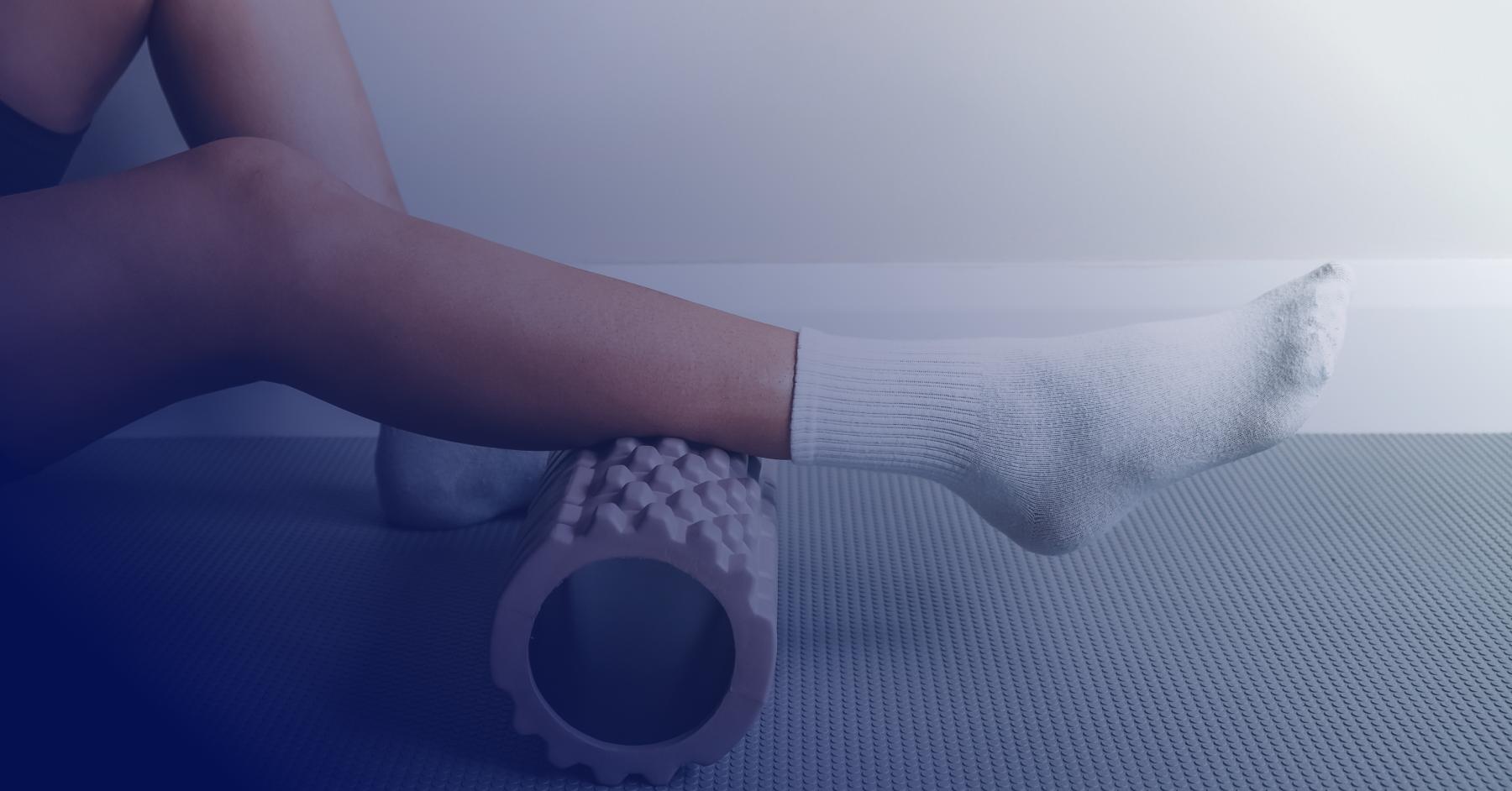Do I Need Joint Replacement or Physical Therapy?
Physical Therapy, Physical Rehabilitation, Knee Injuries

Joint pain is common, but how do you know if physical therapy or joint replacement surgery is the right treatment?
Joint pain has a way of slowing life down. Maybe your knees complain every time you climb the stairs. Maybe your hip feels stiff the moment you get out of bed. Maybe the simple act of standing up has turned into a careful negotiation with gravity.
No matter how it shows up, joint pain raises a big question:
Should you try physical therapy first, or is joint replacement the better long-term fix?
There’s no one-size-fits-all answer, but there is good news: both options can help you move with less pain and more confidence. The right path depends on what’s going on inside the joint, how your body responds to treatment, and what your daily life demands.
When physical therapy is the better first step
For many people, physical therapy is the simplest, safest, and most effective place to start. It’s designed to help your body heal itself by strengthening muscles, improving flexibility, and teaching your joints to move in healthier ways.
With a customized plan, you can improve your joint’s range of motion and learn safer ways to handle daily tasks. According to one study, patients with knee osteoarthritis who participated in a physical therapy program reported less pain and overall better joint function compared to steroid injections.
For some patients, physical therapy combined with non-invasive treatments is especially effective for:
- Early stage arthritis
- Mild to moderate joint pain
- Stiffness or weakness
- Post-injury recovery
- Preparing for or recovering from surgery
- Avoiding or delaying joint replacement
Physical therapy for joint pain can be customized to your unique health needs and delivered through a variety of non-surgical treatments, including:
- Low-impact exercises to strengthen the muscles that support the joint
- Pain medications, such as non-steroidal anti-inflammatories, to reduce pain
- Injections of cortisone or hyaluronic acid to ease arthritis pain and improve mobility
- Radiofrequency ablation to disrupt sensory nerves in the joint and reduce pain signals to the brain
Newer regenerative approaches are being explored to help repair damaged cartilage. These techniques are often most effective for younger patients or those with small areas of cartilage loss and good joint alignment. Your care team can help determine whether any of these options are appropriate for your specific condition.
When joint replacement might be the right move
Joint replacement surgery sounds intense, but it has become one of the most reliable ways to relieve severe joint pain. Hips and knees are the most common replacements, but shoulders, ankles, elbows, and fingers can benefit too.
Why is surgery an option? Usually because something inside the joint has changed in a way that physical therapy alone can’t fix.
You may be a candidate for joint replacement if your pain is caused by one of the following:
- Osteoarthritis. As the cartilage that cushions your bones gradually wears down with age, the bones begin to rub together, leading to pain, stiffness, and inflammation.
- Rheumatoid arthritis. This autoimmune condition triggers ongoing inflammation inside the joint, which can damage cartilage and surrounding tissue over time.
- Degenerative joint disease. Long-term inflammation and cartilage breakdown can limit how smoothly and fully the joint moves.
- Joint deformities. In more advanced cases of rheumatoid arthritis, the joint can shift out of alignment or become visibly distorted.
- Post-traumatic arthritis. A previous fracture or serious injury can lead to arthritis months or even years later.
- Limited relief from conservative treatment. If you’ve already tried physical therapy and other non-surgical approaches but still struggle with everyday activities, it may be time to explore surgical options.
During joint replacement, the damaged joint surfaces are replaced with smooth, durable materials like ceramic, metal, or plastic. Today’s prosthetics can last 15–20 years and often feel so natural that people forget they’re there.
Joint replacement surgery has a long history of strong, dependable results, and ongoing innovations, like minimally invasive arthroscopic techniques and robotic-assisted procedures, have only made it even more precise. In one study, 85% of patients who underwent total knee replacement reported significant symptom improvement.
Although joint replacement is considered safe and highly effective, there are still some risks, such as infection, blood clots, nerve injury, or prosthesis dislocation. Fortunately, these complications remain rare.
Recovery timelines vary from person to person, but early movement and strengthening exercises are key.
Should I choose joint replacement or physical therapy?

Deciding between physical therapy and joint replacement is a major health decision, and there’s no single right answer for everyone. The best choice depends on several factors, especially the severity of the joint damage and your overall health. Meeting with both an orthopedic specialist and a physical therapist can help you understand your options through a thorough, personalized evaluation.
Here are some key considerations your care team will look at:
- Diagnosis. Imaging such as X-rays or MRIs can show how much cartilage or bone has been damaged.
- Pain levels. How much is the pain limiting your day-to-day activities?
- Age and overall health. Younger patients may eventually outlive a prosthetic joint, which typically lasts around 20 years, and may need revision surgery later. Certain medical conditions can also impact whether surgery is recommended.
- Response to conservative care. If physical therapy and other non-surgical treatments haven’t improved pain or mobility, surgery may be the next step.
After reviewing these factors, your physical therapist and physician will work with you to build a plan that fits your needs. Whether that involves a dedicated course of physical therapy, joint replacement surgery, or a combination of both, partnering with experienced medical professionals gives you the best chance of reducing pain and regaining full mobility.
Take the first step toward relief
Both physical therapy and joint replacement can successfully relieve pain, restore mobility, and improve your quality of life. The right path depends on how advanced the joint damage is, how limiting the pain has become, and your age, lifestyle, and overall health.
One of the most important steps you can take is seeking guidance early—before joint pain begins interfering with daily life. A physical therapist and orthopedist can evaluate your condition and recommend the most effective treatment option for you.
The certified physical therapists at All Sports Physical Therapy have extensive experience treating joint pain related to arthritis, injuries, and other conditions. If joint pain is holding you back, contact us today and take the first step toward moving comfortably again.
FAQs
Is physical therapy more effective than surgery?
Both are effective in relieving joint pain. An assessment from a medical professional can determine the extent of the damage and whether physical therapy or joint replacement is right for you.
What is the hardest joint replacement to recover from?
Knee replacement surgeries rank as the top joint replacement operation. Unfortunately, due to the joint’s complex structure, such surgeries can be the most challenging to recover from. Coupled with physical therapy and daily exercises, knee replacement surgery can take three to six months before a full recovery.
Is there an alternative to joint replacement?
Yes. Physical therapy is often recommended as the starting treatment for joint pain, and it can be highly successful. Joint replacement is generally reserved for more severe joint damage or cases where non-surgical treatments haven’t worked.
What happens if you don't do PT after knee replacement?
Skipping physical therapy may slow your recovery and limit your results. A structured physical therapy program after surgery can lead to better pain relief and mobility.
Can physical therapy help avoid surgery?
Patients wishing to avoid or delay surgery can choose to undergo physical therapy. It is most effective in treating early-stage arthritis or traumas. However, if non-surgical therapy isn’t effective in resolving joint pain or the damage is too severe, surgery may be the next option.



